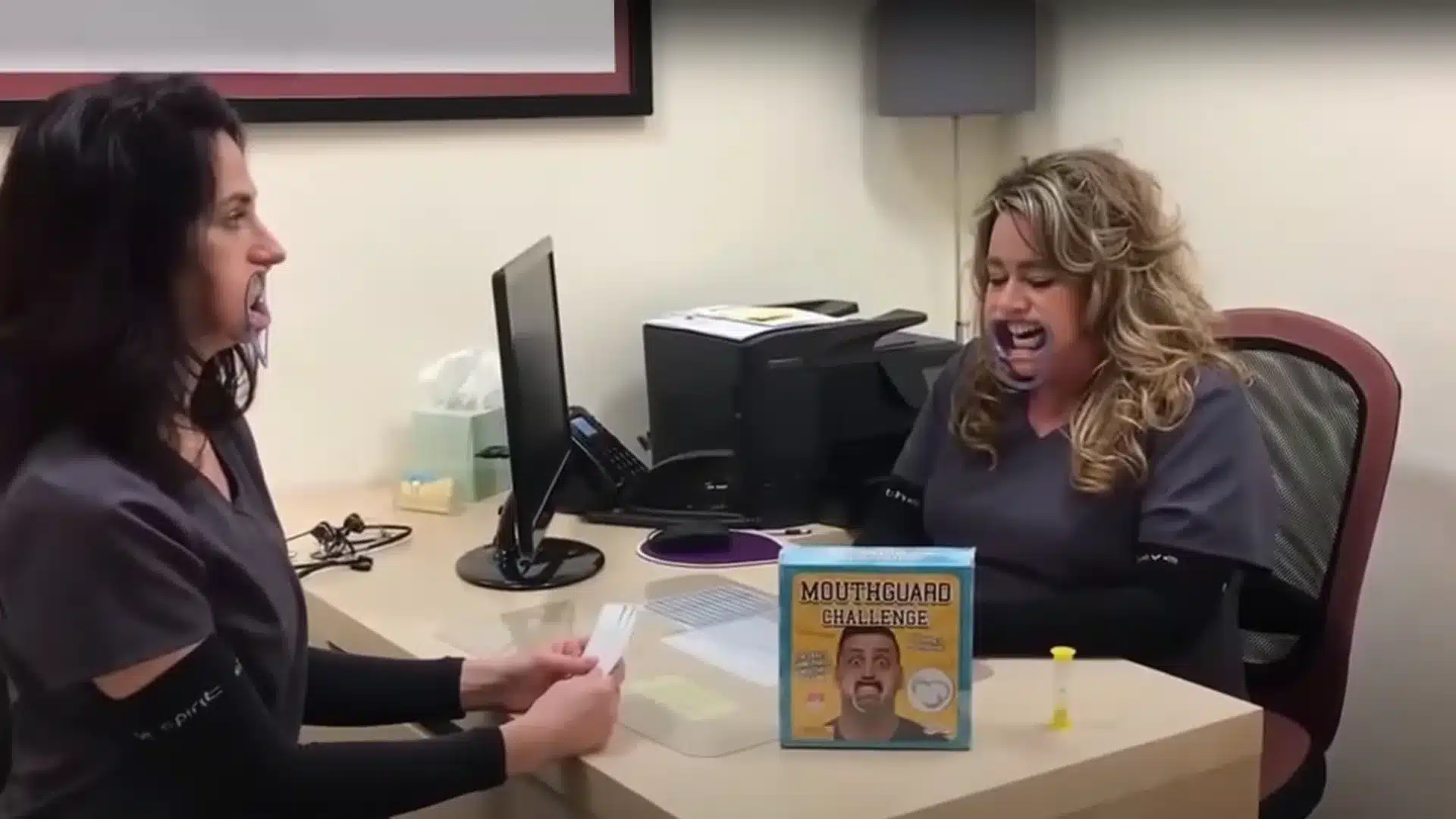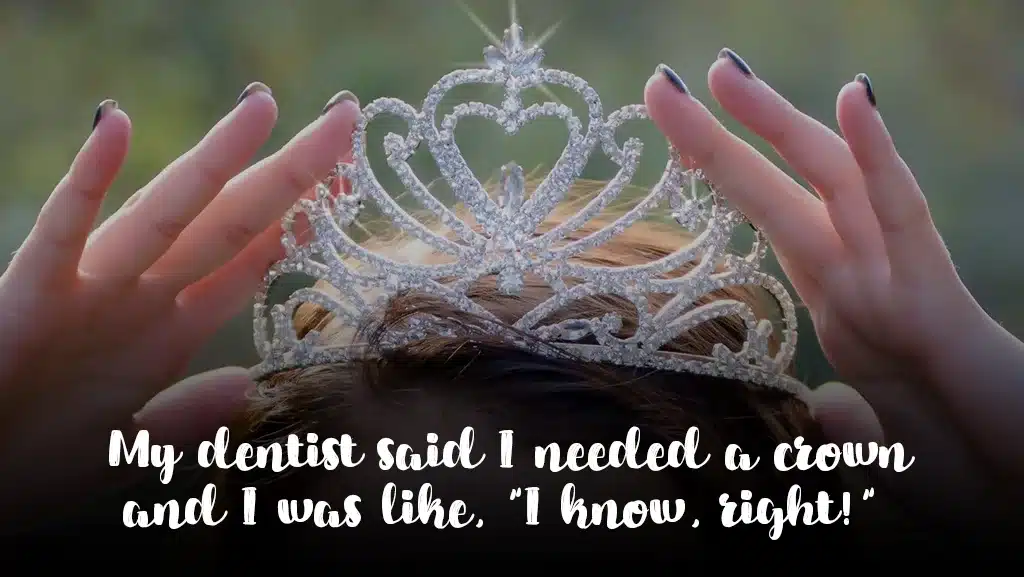Inquiring minds want to know what Dr. Drews and Dr. Lake think about the recent associated press report that states studies don’t support flossing.
The AP article has certainly made its rounds. Here’s the general gist:
The AP looked at the most rigorous research conducted over the past decade, focusing on 25 studies that generally compared the use of a toothbrush with the combination of toothbrushes and floss. The findings? The evidence for flossing is “weak, very unreliable,” of “very low” quality, and carries “a moderate to large potential for bias.”
And here are some of the articles we’ve been seeing:
- The Washington Post, The shaky evidence for flossing
- The NY Times, Feeling Guilty About Not Flossing? Maybe There’s No Need
- The Daily Wire, It’s Official: Flossing Is A Waste Of Time
- Snopes, Flossing Isn’t Backed by Science?
- Mental Floss, Surprise! There’s Little Medical Evidence to Support Flossing Your Teeth
So, what do we think?
We’ll, I’ll tell you . . . we already knew that. 🙂
Evidence based dentistry was taught extensively when both Dr. Drews and I were in dental school, and we both learned there were not a healthy plethora of strong studies supporting the notion that flossing at home prevents tooth decay. We still floss ourselves, and we still recommend that you do as well.

Earlier this month we had a lovely visit from Patti Wight, a multiple award-winning reporter for Maine Public Radio, who came by the office to find out whether dentists in Maine are really going to be letting patients off the flossing “hook.” You may have heard our voices on the radio already, but here’s a quote and a link:
We’ve all heard the flossing lecture. Once a day, we’re supposed to slide a waxy string between our teeth to remove food and bacteria. It’s a practice that dentists and the federal government have recommended for decades.
But last week, a report from the Associated Press turned that recommendation on its head: it found no scientific evidence to support flossing.”
– Patti Wight, MPBN
After speaking with us, and other dentists in Maine, Patti Wight warns the “failed flossers” in Maine that “dentists are not about to free patients from this daily chore.”
If you haven’t heard the broadcast, give it a listen to hear Mindy and Peter and I, along with Dr. Jon Ryder, dean of the University of New England College of Dental Medicine, and Dr. Norma Desjardins, a dentist in Presque Isle, talk about why we all still consider flossing an essential part of good oral hygiene.
We were happy to have her in the office and even happier to have the chance to explain why it’s important to keep flossing as part of your oral hygiene routine. I thought I’d take a moment today to explain why we still recommend flossing.
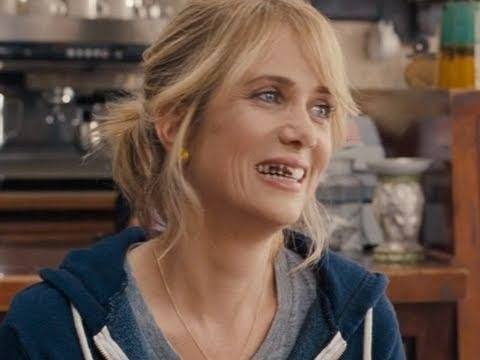
Why We Still Floss
Why? Because rotting food and bacteria between your teeth is . . . well . . . gross!
There are 5 surfaces on each tooth – the chewing surface, the front near your lips, the back near your tongue, and the two surfaces in between. Your toothbrush can only effectively reach 3 of those 5 surfaces. That means brushing alone will leave 2/5 of your tooth dirty.
Imagine leaving 40% of your body unwashed each and every day. I’ll let you decide which 40%. Or better still, could you picture leaving 40% of a baby’s behind un-wiped after changing her diaper?! It wouldn’t take very long for little Suzy’s sugar and spice to become a bit ripe.
There are biological reasons to keeping the floss in your oral hygiene arsenal as well. As a teenager, I never knew how my dentist and hygienist always seemed to know that I wasn’t flossing. I’d even try to outsmart them and floss for 2-3 days prior to my appointments, hoping I could fool them into thinking I was an ideal dental patient, but they still always seemed to know somehow.
I swore they were using some sort of Vulcan mind meld technique to read my thoughts or something.
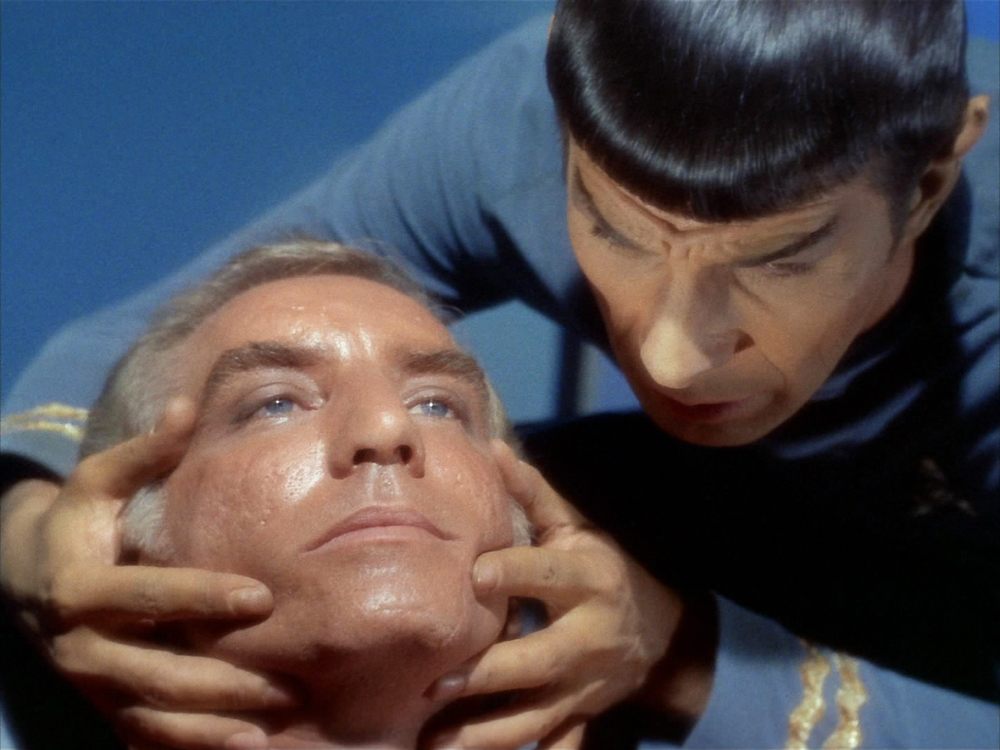
It wasn’t until I got a little older, a little wiser, and a little degree in dental medicine (okay, maybe a bit before then) that I was able to understand what was really going on.
You see, when food debris, plaque, and bacteria pack between your teeth, they sit up against, and under, your gum line. And your body, being the amazing disease fighter that it is, sees this as what it is – both a foreign body, and a bacterial infection. So when you don’t manually remove the bacteria and the food yourself, your body goes into overdrive to send white blood cells there to fight the perceived infection, sending new tiny branches of blood vessels to the area to assist in the fight.
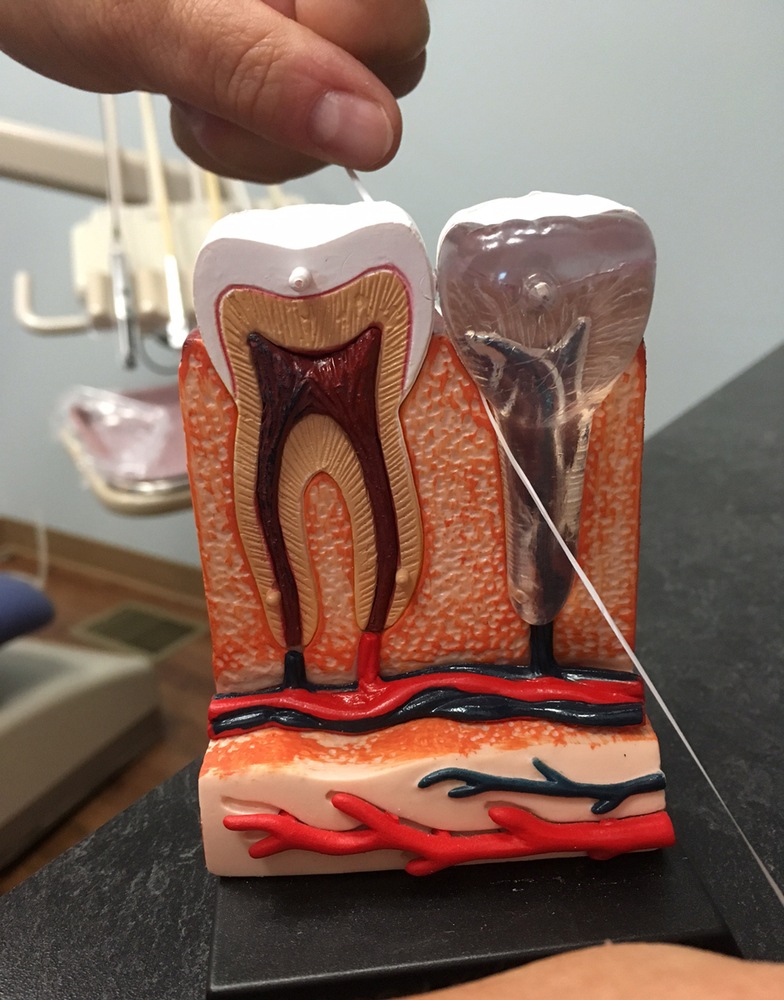
All this is happening under your gums, but it manifests itself quite clearly to the dental team.
For one, depending on how long it’s been occurring (i.e. how long it was since the last time you flossed), there can be color changes, visible swelling, or, at the very least, your gums will bleed when we floss them or use a periodontal probe or other instrument. We call this condition gingivitis, and it is the first and most immediately obvious stage of gum disease.
For some lucky few the buck stops there, but for others the process continues and becomes far worse, causing destruction of the bone and recession of the gums. This is called periodontitis, and at it’s most aggressive stages it can cause severe infections and tooth loss. Even worse, with your mouth being in a constant state of inflammation, the rest of your body is at increased risk for developing inflammatory diseases as well – heart disease, diabetes, rheumatoid arthritis, potentially even Alzheimer’s Disease.
Is it a sure thing that you’ll lose your teeth due to periodontal disease if you don’t floss?
No. But leave the food and bacterial biofilm undisturbed and you will most certainly have a recipe for inflammation, not to mention foul breath. And why take the chance for far worse consequences?
While flossing isn’t the end all be all, it certainly isn’t a waste of your time.
And it can’t hurt your social life either!
STILL Not Convinced?
Here’s a small UNC Chapel Hill study in the Journal of Periodontology that compares the effectiveness of flossing and brushing in reducing interproximal bleeding. Their findings?
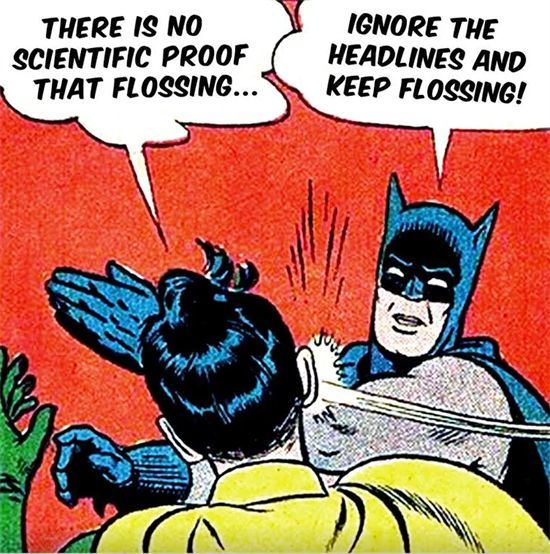
The 119 adult subjects with gingival inflammation were randomly assigned to one of four groups at the beginning of a supervised 2 week clinical trial. The toothbrushing only group achieved a 35% reduction in bleeding sites and the three flossing groups all demonstrated dramatic reductions of about 67%. The three varieties of dental flosses were about equally effective in reducing interproximal bleeding and doubly effective as toothbrushing alone.
The Bottom Line
We still floss, we still advise our patients to floss, and we still have Vulcan Mind Meld powers, so be sure you’re flossing a little more than 2 or 3 times before you come sit in the chair.
Need to schedule a dental cleaning appointment, or have questions about flossing that I didn’t address here? Just give us a call at (207) 782-5308!




